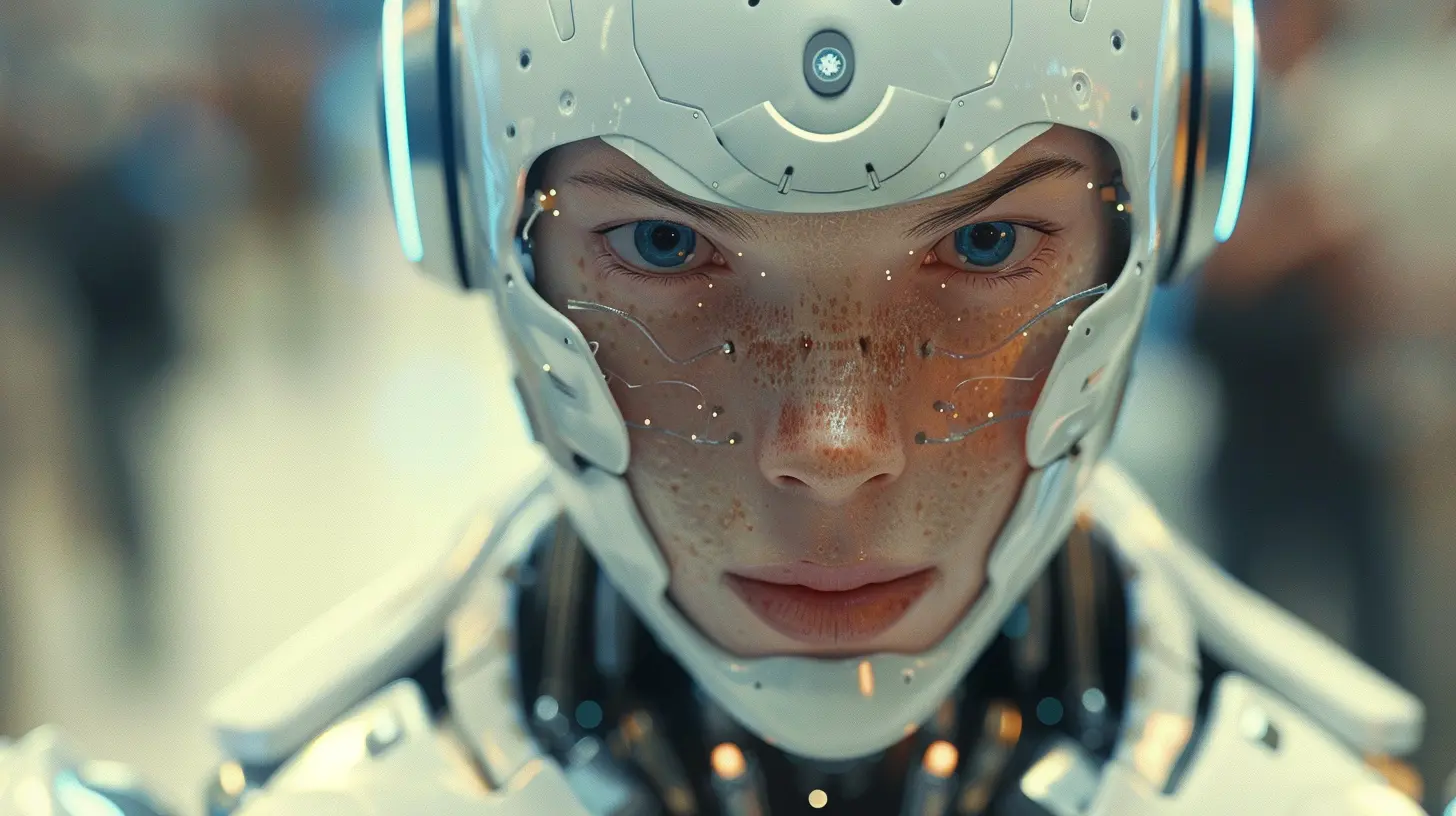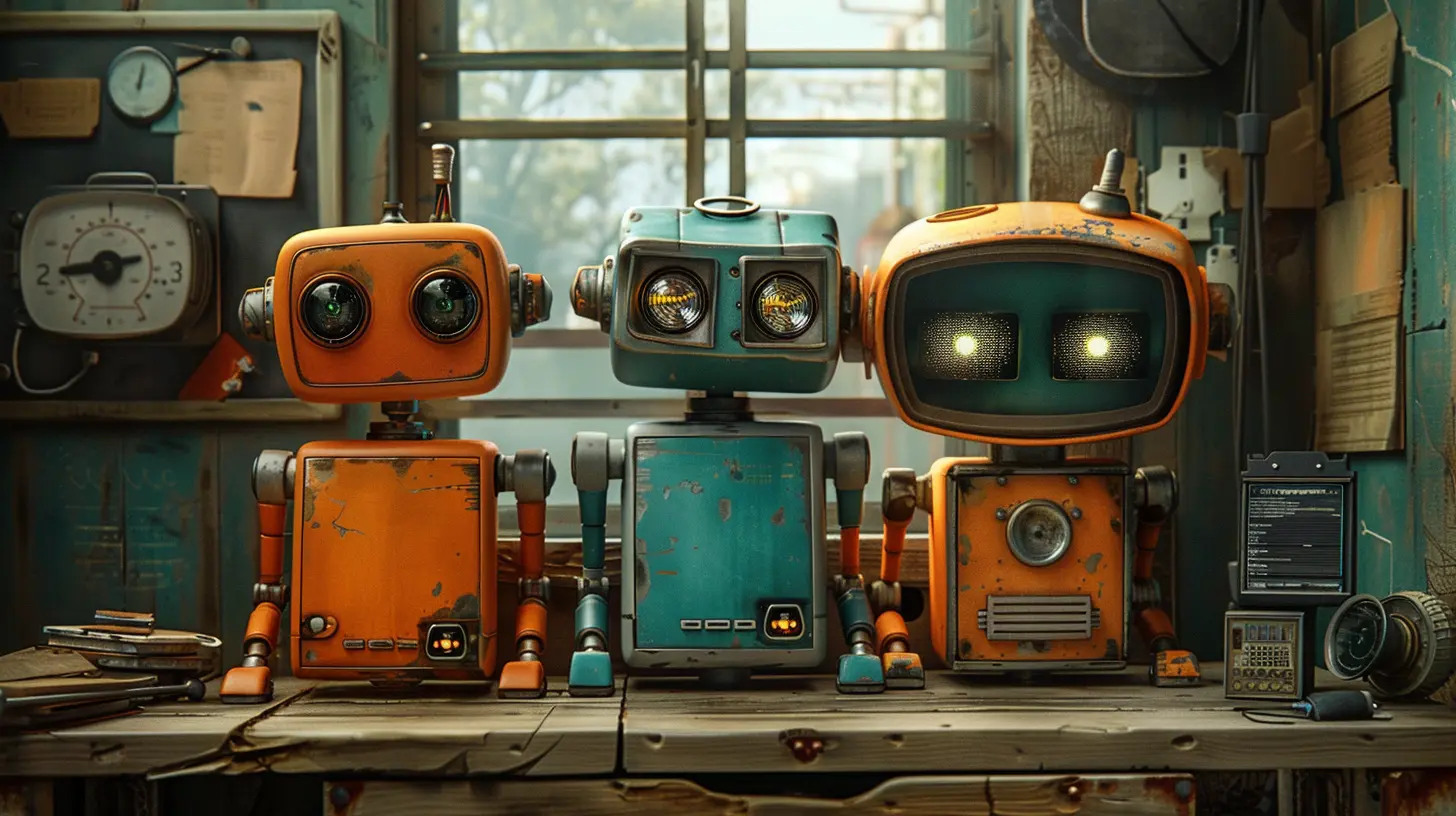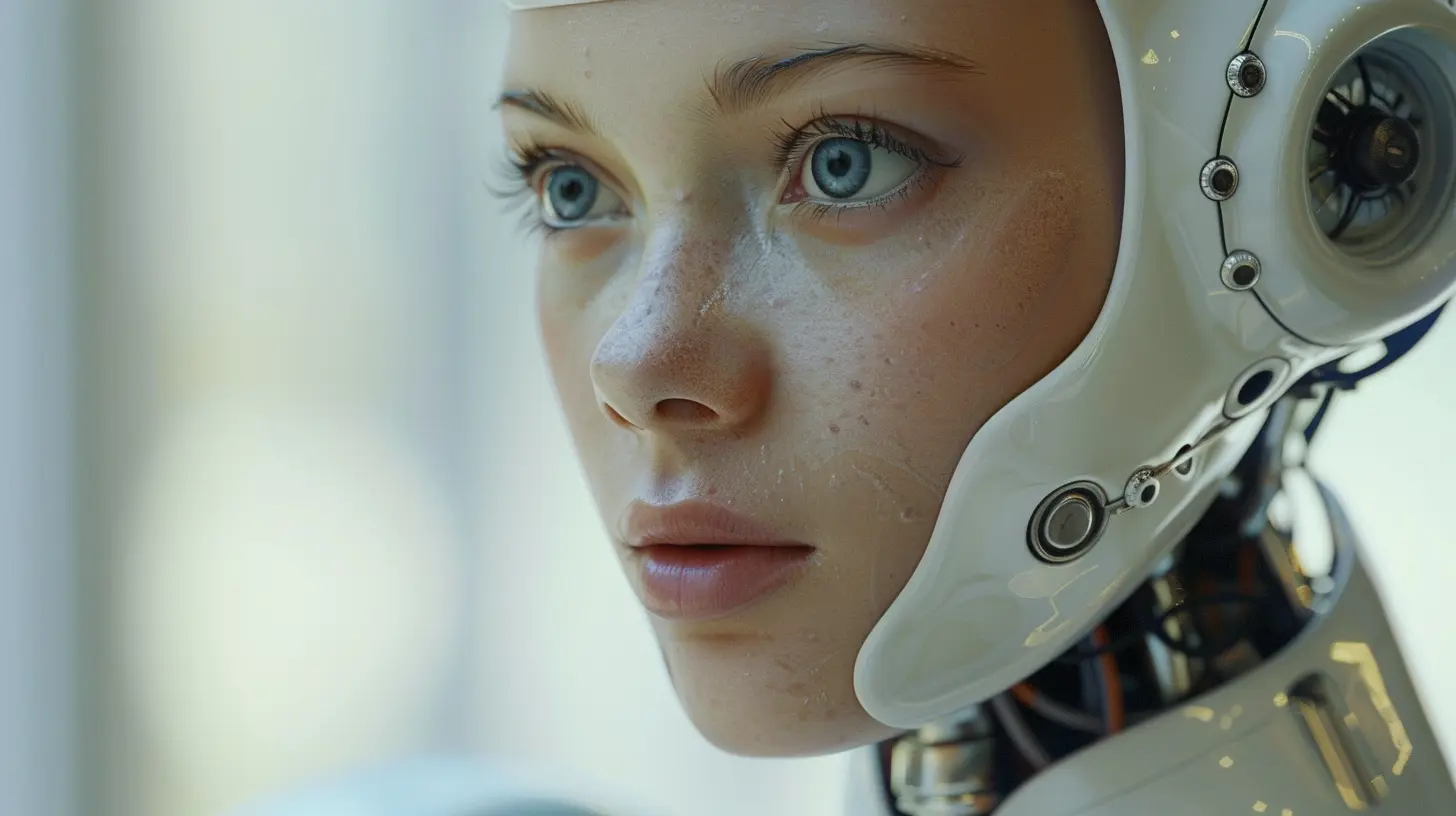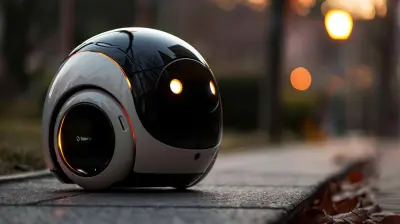The Evolution of Robot Companions in the Digital Age
22 July 2025
Robots aren’t just for sci-fi movies anymore—they’re becoming part of our daily lives. From robotic pets to AI-powered assistants, we are witnessing a massive shift in human-robot relationships. But how did we get here? And where are we heading? Let’s dive into the fascinating journey of robot companions in the digital age.

The Early Days: Robots as Gimmicks
The idea of robot companions has been around for decades, but early versions were little more than toys. Remember Tamagotchi? Those tiny digital pets needed constant attention, and while they weren't physical robots, they paved the way for interactive companionship.Then came robotic pets like Sony’s AIBO, introduced in 1999. AIBO was ahead of its time, responding to touch and voice commands. But with limited AI, it was more of a novelty than a true companion.

The Rise of AI and Machine Learning
Fast forward to today, and things have changed dramatically. Thanks to AI and machine learning, robots are becoming smarter, more intuitive, and even emotionally responsive.- Sophia the Robot, an advanced humanoid AI from Hanson Robotics, became an internet sensation because of her lifelike expressions and conversation skills.
- Social robots like Pepper, developed by SoftBank Robotics, are now used in businesses, healthcare, and homes to interact with people in meaningful ways.
These advancements are pushing robots beyond simple programmed responses. They are learning from interactions, adapting to users' emotions, and offering real companionship.

Robot Pets: The Future of Furry Friends?
Not everyone can care for a real pet. Whether it’s allergies, lack of space, or mobility issues, some people find traditional pets impractical. Enter robot pets.- Hasbro’s Joy For All robotic pets provide companionship to seniors, responding to touch and sound with lifelike movements and sounds.
- Tombot's Jennie, a realistic robotic dog, is designed to comfort dementia patients, mimicking the behavior of a real canine.
These robotic companions offer emotional support without the demands of feeding, grooming, or vet visits. And with AI improvements, they’re only getting better at mimicking real pets.

Humanoid Robots: From Assistants to Companions
We’re moving beyond robotic pets to robots that actually feel like human companions. Advanced humanoid robots can now hold conversations, recognize emotions, and even remember past interactions.- Replika AI, a chatbot-driven AI, forms deep conversational relationships with users, offering emotional support and companionship.
- Ameca, another humanoid robot, has some of the most realistic facial expressions ever seen, making interactions eerily close to human-like.
While they may not completely replace human relationships, these robots are filling gaps—providing companionship for the elderly, aiding those with social anxiety, and even offering emotional support during tough times.
The Role of Robot Companions in Healthcare
One of the most promising aspects of robot companions is their role in healthcare. Doctors and caregivers are using robots to provide comfort, reduce loneliness, and even assist in therapy.- Paro, the robotic seal, has been used in therapy for dementia patients, helping to reduce stress and improve mood.
- Mabu, a personal healthcare robot, helps patients manage chronic illnesses by reminding them to take medicine and tracking their symptoms.
For people with disabilities, robotic companions offer increased independence. Tools like robotic arms and AI assistants are transforming lives by making daily tasks more accessible.
Ethical Concerns and Challenges
Of course, not everyone is excited about the rise of robot companions. Some worry about privacy—after all, many of these robots collect data to improve interactions. Who owns that data? And how secure is it?Then there’s the question of emotional dependency. Can relying too much on robot companionship hurt real human relationships? If people prefer digital interactions over human ones, what does that mean for society?
The Future of Robot Companions
So, what’s next? Robot companions are only going to get more advanced, more lifelike, and more integrated into our daily routines. We might soon see:- AI-driven emotional intelligence, allowing robots to better understand human feelings and respond appropriately.
- Enhanced physical interactions, with soft, human-like skin and advanced movement capabilities.
- Personalized robot companions, adapting to each person’s unique needs and preferences over time.
While we’re still far from having robots like C-3PO walking around our homes, one thing is clear: robot companions are no longer a futuristic dream but a present reality.
Final Thoughts
The evolution of robot companions is reshaping human interactions in ways we never imagined. Whether they offer emotional support, assist in healthcare, or simply provide a bit of company, these digital beings are here to stay. The only question is—how ready are we to welcome them into our lives?all images in this post were generated using AI tools
Category:
RoboticsAuthor:

Michael Robinson
Discussion
rate this article
1 comments
Pilar Wheeler
Fascinating insights! I'm curious how advancements in AI will shape our emotional connections with robot companions. Will they truly understand our feelings in the future?
July 31, 2025 at 4:39 AM

Michael Robinson
Thank you for your interest! As AI continues to evolve, it may enhance robots' ability to recognize and respond to human emotions, potentially deepening our connections with them. However, true emotional understanding remains a complex challenge.


